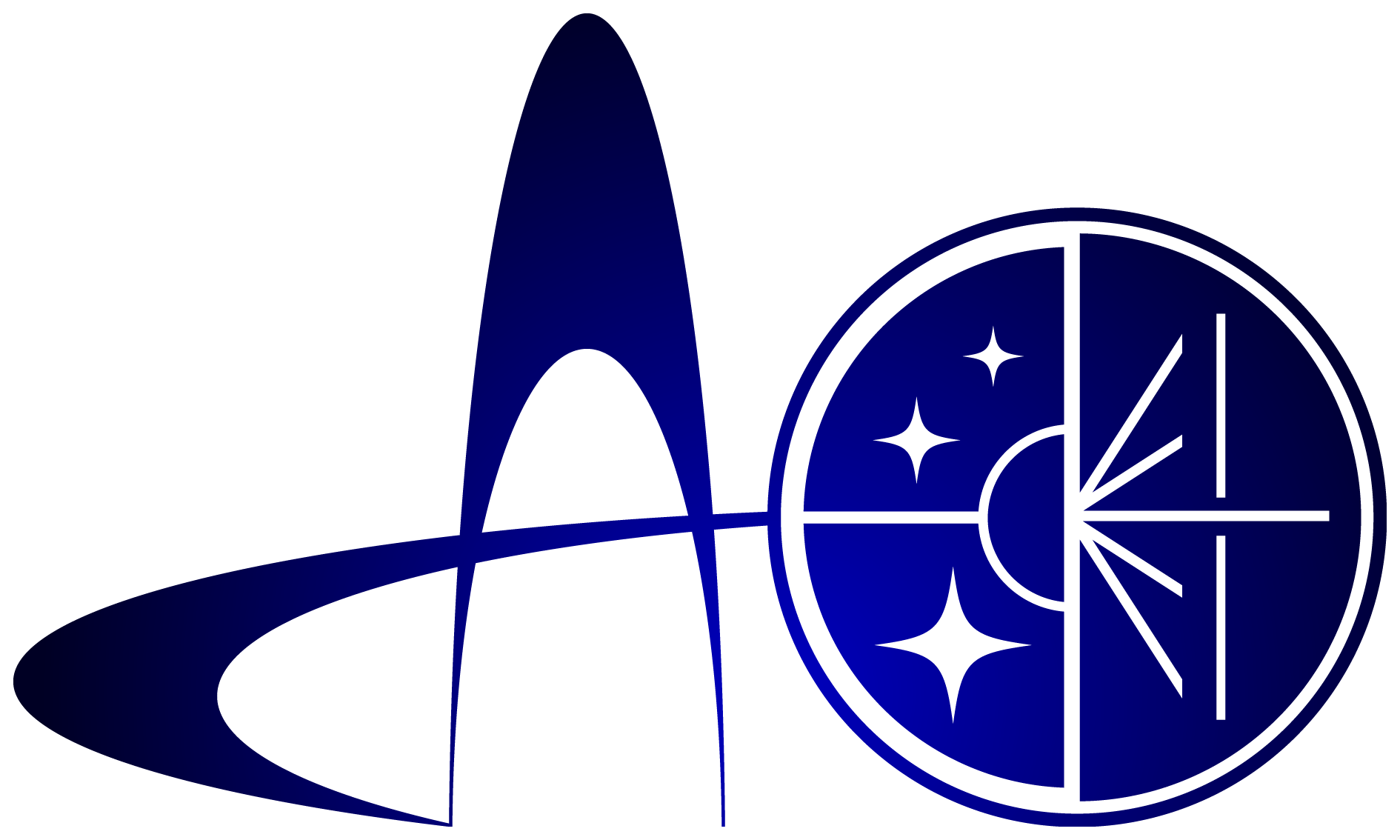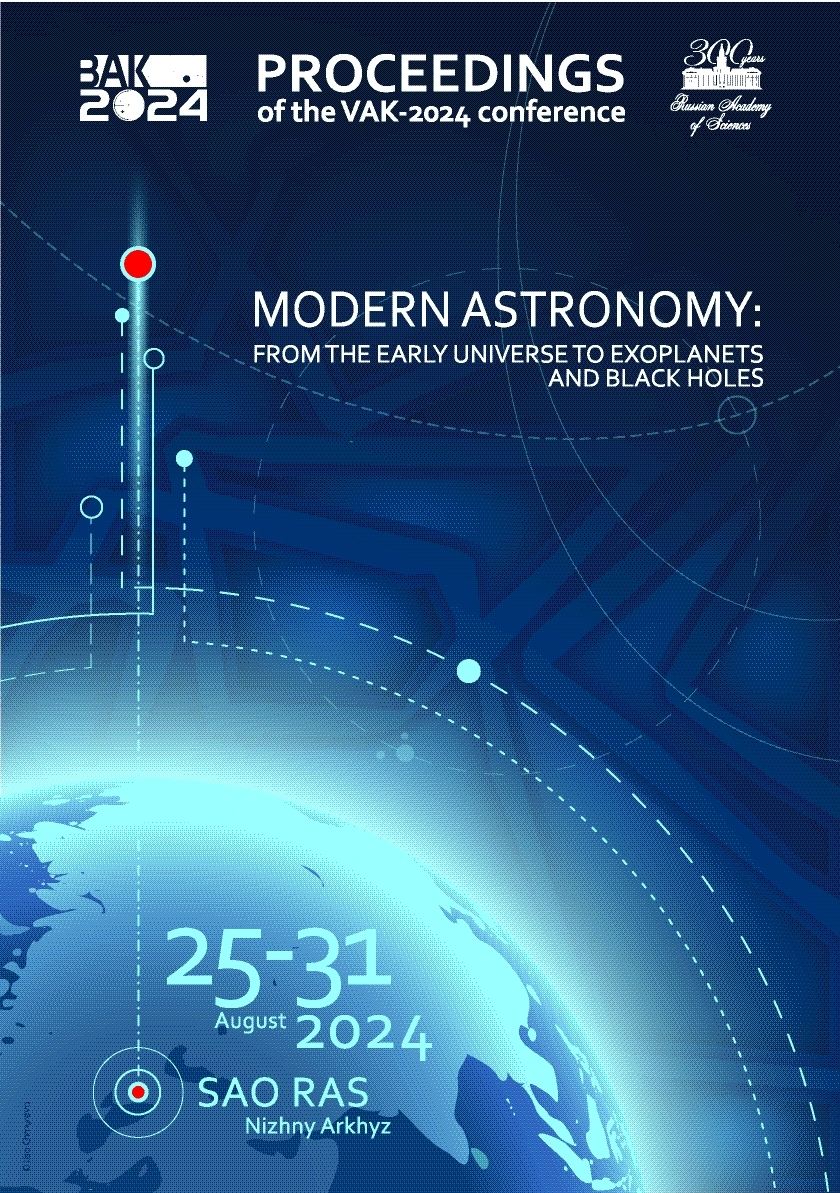UDC 53
UDC 520
UDC 521
UDC 523
UDC 524
UDC 52-1
UDC 52-6
CSCSTI 41.00
CSCSTI 29.35
CSCSTI 29.31
CSCSTI 29.33
CSCSTI 29.27
CSCSTI 29.05
Russian Classification of Professions by Education 03.06.01
Russian Classification of Professions by Education 03.05.01
Russian Classification of Professions by Education 03.04.03
Russian Library and Bibliographic Classification 2
Russian Library and Bibliographic Classification 223
Russian Trade and Bibliographic Classification 614
Russian Trade and Bibliographic Classification 6135
BISAC SCI004000 Astronomy
BISAC SCI005000 Physics / Astrophysics
We study the structure, photometric diagrams and kinematics of four embedded clusters (S235North-West, S235A-B-C, S235Central and S235East1+East2) in the star-forming region associated with the giant molecular cloud G174+2.5. This research uses photometric data from the GPS UKIDSS catalog and astrometric data from the Gaia DR3 catalog. We determine the center positions, radii, and interstellar extinction for clusters in the region. An extinction was determined in two ways --- using the NICEST algorithm and the Q-method. The latter method gives a smaller scatter of the color indices on the extinction-corrected photometric diagrams. The membership probability of stars in the clusters, their masses and distances to clusters are also estimated. Additionally, we determine the average proper motions and study the kinematics of the clusters using data from the Gaia DR3 catalog. In all four regions, we estimate the mass of the gas component and the efficiency of star formation. Then, we apply the data obtained to evaluate the total energy of both the stellar and gas systems. It allows us to ascertain whether the clusters are gravitationally bound or not. The boundness of the systems depends on the size of the region where we estimate the mass of gas. If we take the mass of the entire cloud, all four cluster-gas systems appear to be gravitationally bound.
open clusters and associations: general; dust, extinction; stars: formation, kinematics and dynamics
1. Brunt C., 2004, ASP Conf. Ser., 317, p. 79
2. Danilov V., 2024, Astrophysical Bulletin, 79, p. 71
3. Gaia Collaboration , Vallenari A., Brown A., et al., 2023, Astronomy and Astrophysics, 674, id. A1
4. Kirsanova M., Sobolev A., Thomasson M., et al., 2008, Monthly Notices of the Royal Astronomical Society, 388, p. 729
5. Kirsanova M., Wiebe D., Sobolev A., et al., 2014, Monthly Notices of the Royal Astronomical Society, 437, p. 1593
6. Krone-Martins A. and Moitinho A., 2014, Astronomy and Astrophysics, 561, id. A57
7. Kroupa P., 2001, Monthly Notices of the Royal Astronomical Society, 322, p. 231
8. Kulesh M., Samirkhanova A., Carraro G., et al., 2024, Astronomical Journal, 167, p. 212
9. Ladeyschikov D., Kirsanova M., Sobolev A., et al., 2021, Monthly Notices of the Royal Astronomical Society, 506, p. 4447
10. Lodieu N., Perez-Garrido A., Smart R., et al., 2019, Astronomy and Astrophysics, 628, id. A66
11. Lombardi M., 2009, Astronomy and Astrophysics, 493, p. 735
12. Lucas P., Hoare M., Longmore A., et al., 2008, Monthly Notices of the Royal Astronomical Society, 391, p. 136
13. Seleznev A., 2016, Monthly Notices of the Royal Astronomical Society, 456, p. 3757






